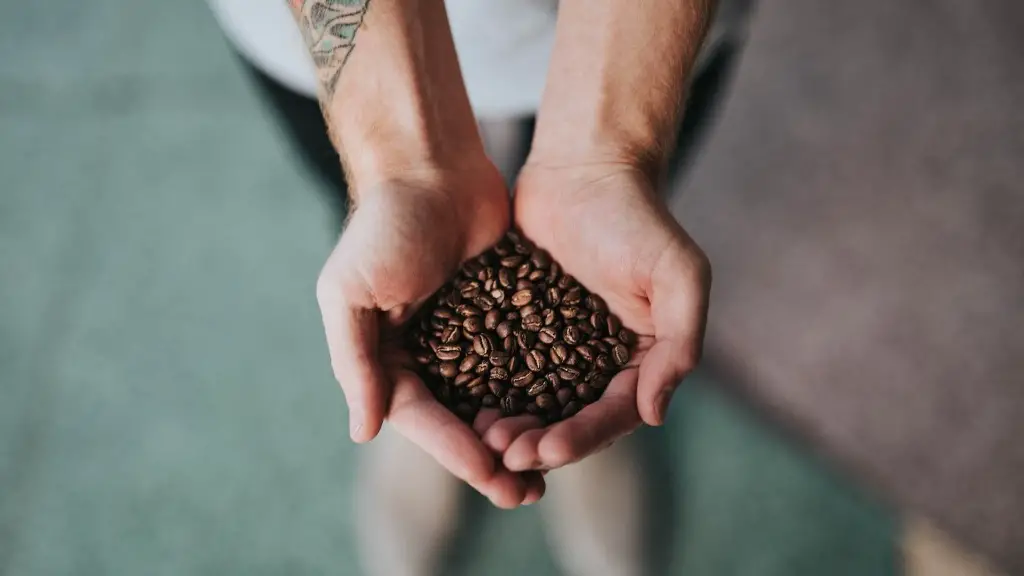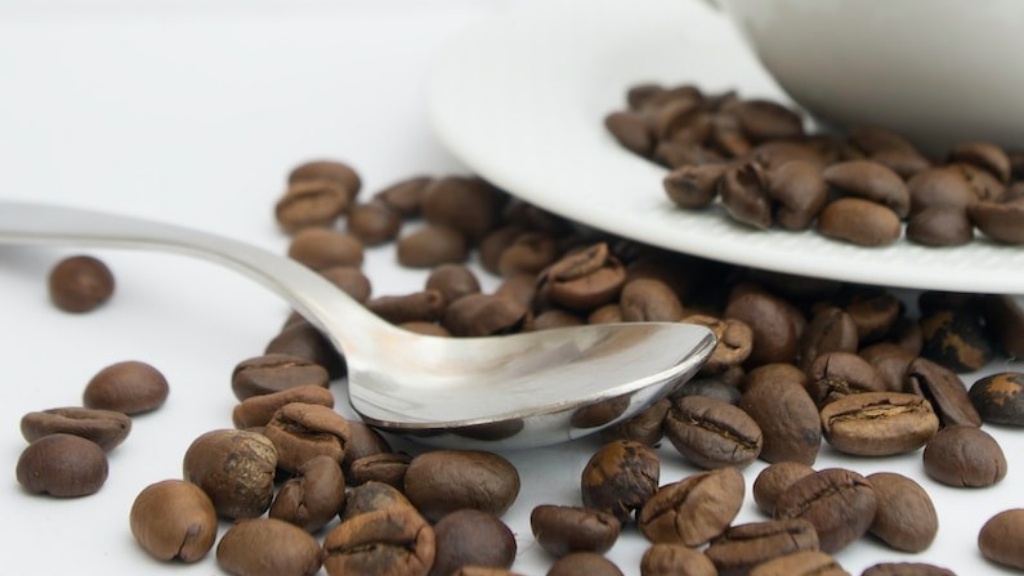Coffee Caffeine Content
The caffeine content of coffee is used to indicate how energetic the coffee drinker will feel after consuming it. For many years now, coffee has been consumed to boost energy levels and some people rely on it every morning just to get through their day. Starbucks is one of the most popular coffee brands, and many people are wondering how much caffeine is in a grande Starbucks coffee.
The caffeine content in a grande coffee at Starbucks can vary depending on several factors. The coffee roast size and brewing method usually affect the level of caffeine in the coffee. For example, a dark roast coffee usually has less caffeine than a light roast coffee. It is also worth mentioning that certain coffee beans contain more caffeine than others. Therefore, caffeine content can vary from coffee to coffee.
The amount of caffeine present in a grande Starbucks coffee (473 ml) typically ranges between 300 and 330 milligrams. The average amount of caffeine that can be found in a single-cup espresso is 75 milligrams. But an espresso shot only contains a few milliliters of liquid. Therefore, a grande Starbucks coffee contains around four times more caffeine than an espresso shot. This means that for an average-sized cup of Starbucks, a person will consume a significant amount of caffeine with each sip.
In comparison, other caffeinated beverages contain less caffeine. On average, an 8oz cup of tea contains around 50mg of caffeine and 8oz of cola contains around 35mg. Therefore, it is clear to see that Starbucks coffee contains much more caffeine than those other caffeinated beverages.
Caffeine and Health
The caffeine content of Starbucks coffee should be taken into account in regards to health. Caffeine is considered to be a drug, albeit a legal and generally safe one, provided that it is consumed in moderation. There are definite cardiovascular benefits to caffeinated beverages when consumed in moderation. However, consuming too much caffeine can have some serious side effects such as nervousness, insomnia, and rapid heartbeat.
The recommended daily amount of caffeine for a healthy adult is 400mg. Therefore, drinking a grande Starbucks coffee is close to the recommended daily amount of caffeine. Keep in mind that other beverages consumed during the day, such as a caffeinated soda or tea, can add up quickly in terms of caffeine intake. Therefore, for those with a sensitive system, it is advised not to exceed the recommended amount of caffeine.
National Health Service guidelines also recommend that pregnant women should limit caffeine to 200mg or less per day. The same applies to nursing mothers. Therefore, it is certainly not advised to consume a grande Starbucks coffee while pregnant or nursing.
Caffeine Effects
The effects of caffeine on the body can vary depending on individual metabolisms and sensitivity. Studies suggest that drinking one average cup of Starbucks coffee (containing around 300mg of caffeine) can spike up energy levels within 15 minutes and maintain them for up to six hours. The effects of caffeine can also stay in the body for much longer, for up to 10 hours for some people.
Crashing after the short-term effects of caffeine wear off is one of the most common problems faced by regular coffee drinkers. Caffeine causes the production of catecholamine hormones such as dopamine and adrenaline, which cause an increase of energy and alertness. When the effects of the caffeine wear off, the body has used up most of its energy reserves and this causes the person to crash.
Crashing can be avoided by not over consuming caffeine or by consuming caffeine with food. This will help to slow down the absorption of the caffeine and reduce the effect of a caffeine crash.
Conclusion
In conclusion, a grande Starbucks coffee can contain between 300 and 330milligrams of caffeine. This amount of caffeine is close to the recommended daily consumption of 400mg for a healthy adult. It is important to consider the health effects of caffeine and to not exceed the recommended daily consumption. Also, consuming caffeine with food can help to reduce the effects of a caffeine crash.
The Debate Over Coffee
The debate over coffee consumption is certainly an ongoing one, with opinions divided as to whether consuming coffee is good for you or not. The most sensible advice is to follow established guidelines for caffeine consumption and to consume coffee in moderation.
Studies suggest that coffee consumption can have potential health benefits, such as reducing the risk of type 2 diabetes, and lowering the risk of Parkinson’s disease. Coffee consumption has also been linked to alertness and improved concentration. At the same time, it is important to note that excessive consumption of coffee can have its drawbacks, such as an increased risk of heartburn and insomnia.
Because of these varied opinions, it is important for each person to understand the effects of caffeine on their own body. It is worth trying out various concentrations and amounts of coffee to understand the effects of coffee on your own body. This way, a sensible and informed decision about daily coffee consumption can be made.
Coffee Alternatives
If you are looking for an alternative to a grande Starbucks coffee, there are several options you can consider. One option is decaffeinated coffee, which has far lower caffeine content than regular coffee. This makes decaffeinated coffee a much healthier option than regular coffee.
Alternatively, if you are looking to maintain the level of energy and alertness that coffee provides, you can try using energy-boosting products and supplements. Many of these products contain caffeine combined with other ingredients, such as guarana and ginseng, that provide an energy boost without the crash associated with caffeine.
If you are looking for a healthier and much lower caffeine alternative to coffee, then herbal and fruit teas are a great option. Herbal and fruit teas provide hydration and include several antioxidants and other beneficial compounds for health. Additionally, herbal and fruit teas don’t contain any caffeine and have a much lower acidity than regular coffee.
The Impact of Coffee on Society
Over the last few decades, coffee has become a way of life in many countries. Coffee has emerged as the go-to beverage for millions of people all over the world, providing an energy boost on a daily basis. Studies suggest that due to rising coffee consumption, productivity has increased in the workplace, and coffee has become a part of modern-day socializing.
Coffee has also driven the growth of numerous businesses, such as roasting companies and cafes. Many people have even found success in the coffee industry, with some roasting coffee beans becoming entrepreneurs and starting their own coffee businesses. So, it is clear to see coffee has had a significant impact on society.
In many other areas of the world, coffee consumption is increasing thanks to increasing awareness of the health benefits of coffee. Additionally, many people have incorporated coffee into their diets in a way that it has become part of their lifestyle.
Additionally, coffee drinking has also become part of modern culture, with many iconic coffee concoctions being created over the years. There are even coffee competitions, where the best baristas are awarded for their creations. All of this points to the fact that coffee drinking is well-ingrained in society and it doesn’t look like it will be going away anytime soon.
Environmental Implications of Coffee
Coffee is one of the most widely consumed beverages in the world. The environmental implications of coffee consumption are often overlooked, but it is important to consider the impact that coffee production has on the environment.
Coffee production requires large amounts of water, which can strain local water resources. Coffee production also requires a lot of pesticides, which can lead to soil erosion and water contamination. Additionally, the transportation of coffee beans to different countries also has a large environmental impact due to the emissions of greenhouses gases resulting from the transportation process.
To minimize the environmental impact of coffee production, it is important for people to be aware of where their coffee is coming from. Additionally, investing in sustainable production methods is a great way to minimize the environmental impact of coffee production.
Coffee companies and retailers such as Starbucks have also been introducing more sustainable production and packaging methods, such as biodegradable packaging and more energy-efficient brewing methods. All of these efforts are certainly helping to reduce the environmental impact of coffee production.





